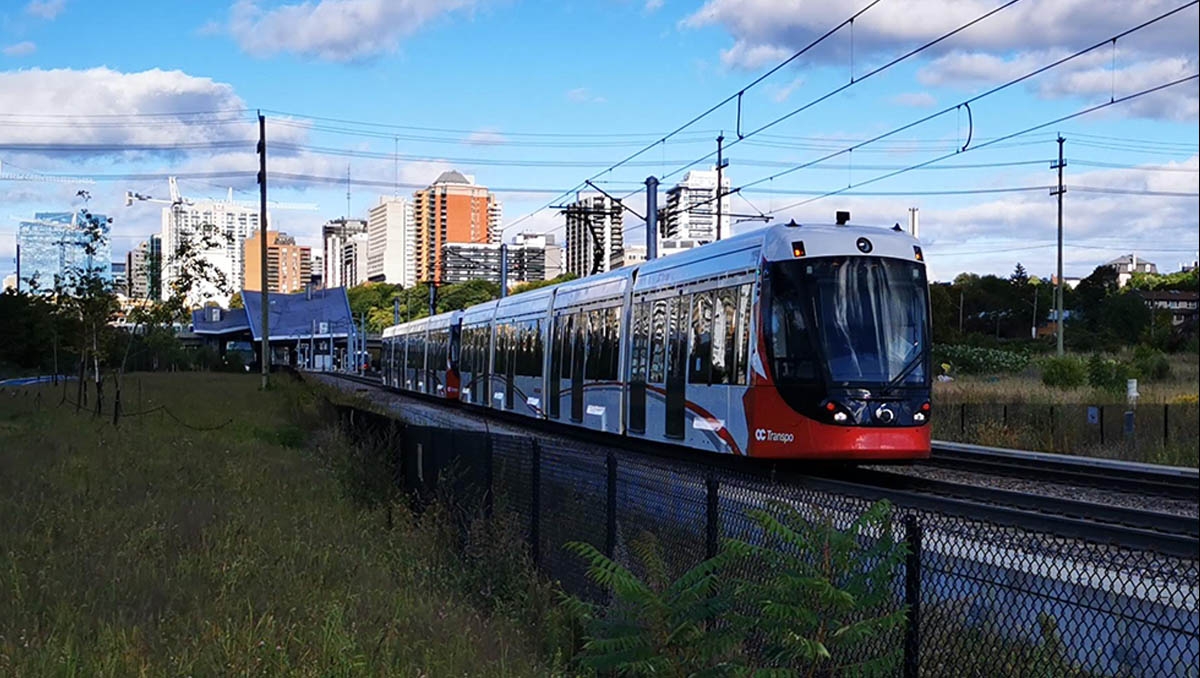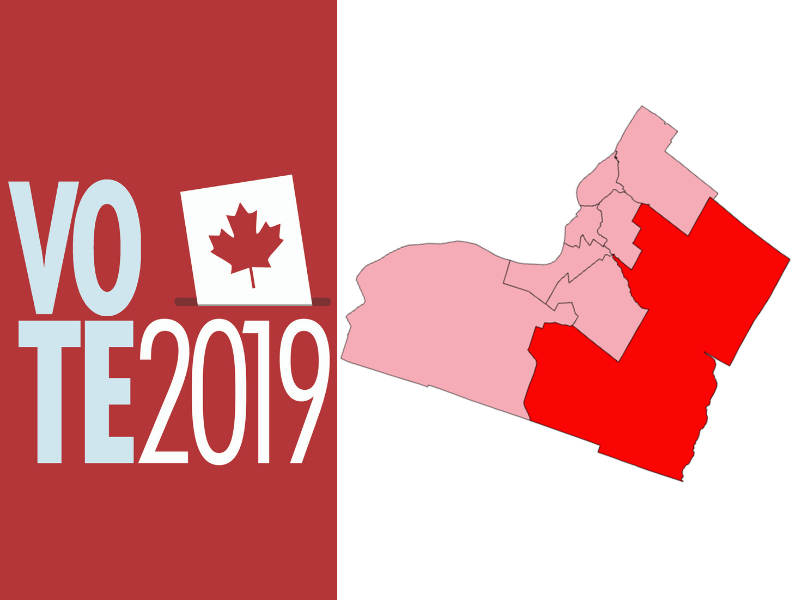
OC Transpo Suffers $1 million Revenue Shortfall Due to Low Ridership
The Ottawa Transit Commission convened on Thursday, April 11, for its monthly meeting. OC Transpo head Renee Amilcar and OC Transpo staff began the presentation by giving an update on the performance. The most notable statistic presented was that “happiness” with the transit service remains stagnant at around 45 percent, meaning that 55 percent of the population is unsatisfied with OC Transpo.
Para Transpo’s on-time performance record hovers between 92 and 95 percent, unchanged from 2023, while wait times for booking a ride have decreased to two minutes and thirty seconds, a good sign given that the volume of requests has increased.
In 2023, one of the leading causes of transit delays, absenteeism was 14.7 percent for bus drivers and 12.1 percent for LRT operators. Bus routes with stops less than every 16 minutes had an on-time performance rate of 79 percent. The commission was told this was the highest on-time rate of the last 13 months.
An increase of 13 percent in transit riders over last year is positive, but the transit service failed to meet its 18 percent target. As a result, revenue shortfalls were $1 million less than OC Transpo’s budgetary requirements.
Amilcar appeared unphased by yet another year of failing to achieve ridership targets and stated that the number is due to low monthly adult pass sales. A project completion date for the O-Train Trillium Line, scheduled to open this year, was not indicated.
The five-year service roadmap was presented with six new initiatives added for 2024, including giving the city transit service a better culture of safety and compliance for both riders and staff, on-time performance and regularity, employee morale, and the shift to zero-emission buses. These initiatives are updated every two years, and most surprisingly, according to OC Transpo’s own scorecard, it has an 89 percent success rate in its implementation of strategic targets. This statistic contradicts ridership and revenue shortfall numbers presented earlier in the meeting.
On-time performance for bus service, passenger injury rate, Para Transpo service time, preventable collisions, and O-Train Confederation Line service delivery failed to meet targets set within the last two years. Despite these issues, OC Transpo staff seem unconcerned of any correlation between service delivery and ridership. In their own scorecard, these issue where simply noted as areas to be improved.
The A-grade report card appeared almost comedic, especially since Amilcar stated that the city should not worry about bus service delivery during the last transit commission meeting.
The Transit Commission meeting demonstrated that public transit in Ottawa shows no signs of improvement and continues to push residents to use alternate means of transportation.












